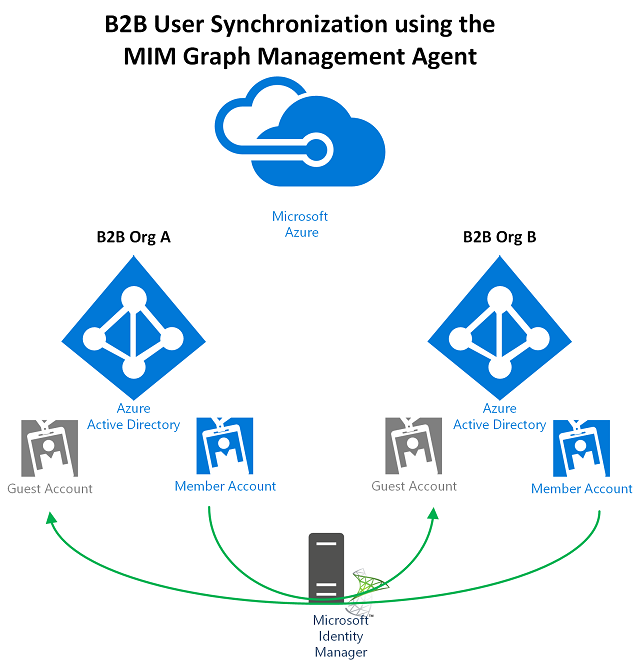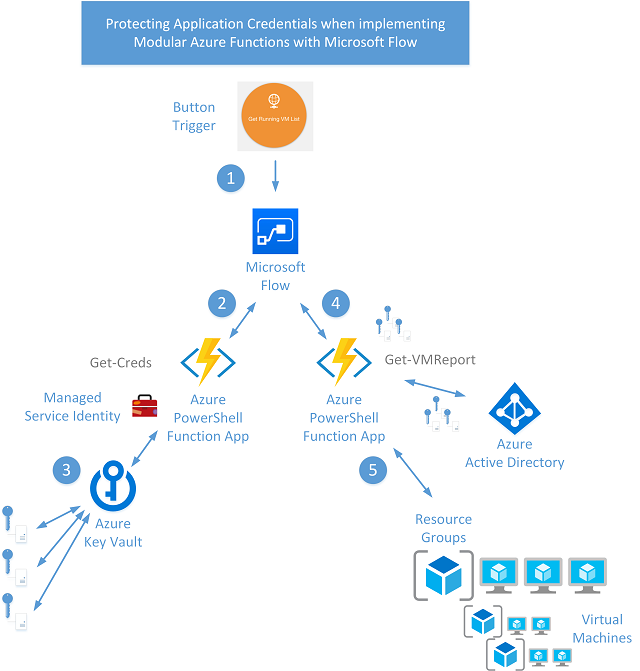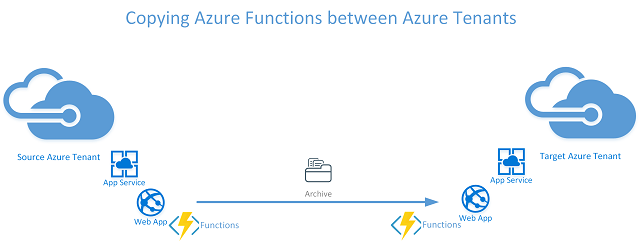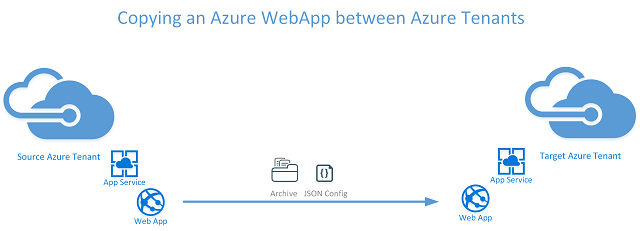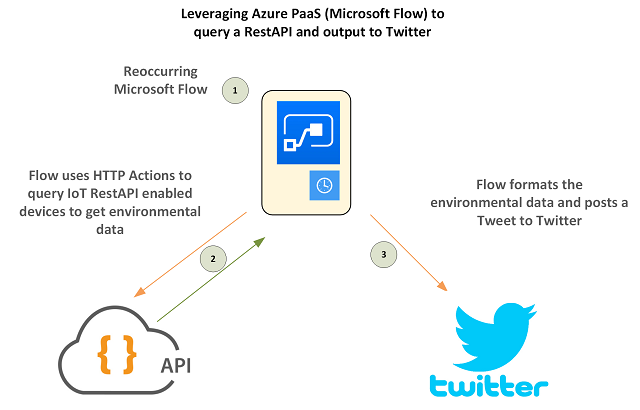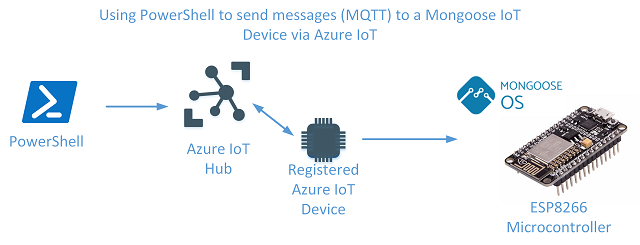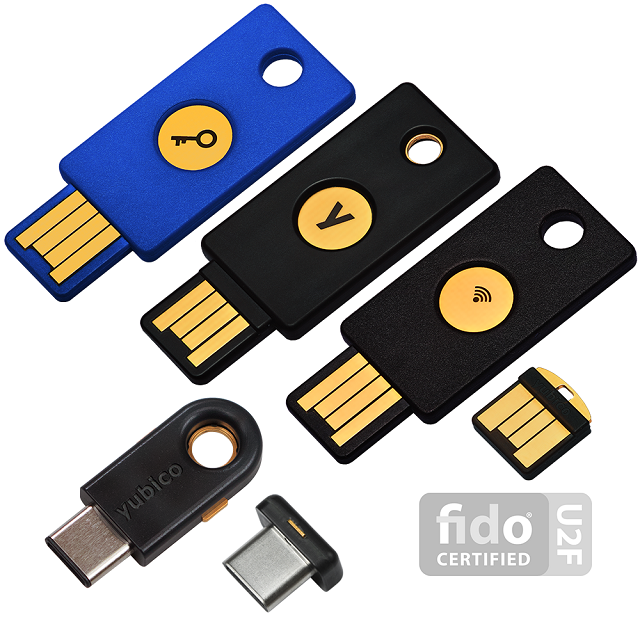Multi-factor Authentication comes in many different formats. Physical tokens historically have been very common and moving forward with FIDO v2 standards will likely continue to be so for many security scenarios where soft tokens (think Authenticator Apps on mobile devices) aren’t possible.
Yubico YubiKeys are physical tokens that have a number of properties that make them desirable. They don’t use a battery (so aren’t limited to the life of the battery), they come in many differing formats (NFC, USB-3, USB-C), can hold multiple sets of credentials and support open standards for multi-factor authentication.… [Keep reading] “Validating a Yubico YubiKeys' One Time Password (OTP) using Single Factor Authentication and PowerShell”
